Limited to just a small space for growing food? Urban gardening is taking over those urban areas where small space can be a bit of a challenge. With a little creativity it’s entirely possible to grow vegetables in the space you have.
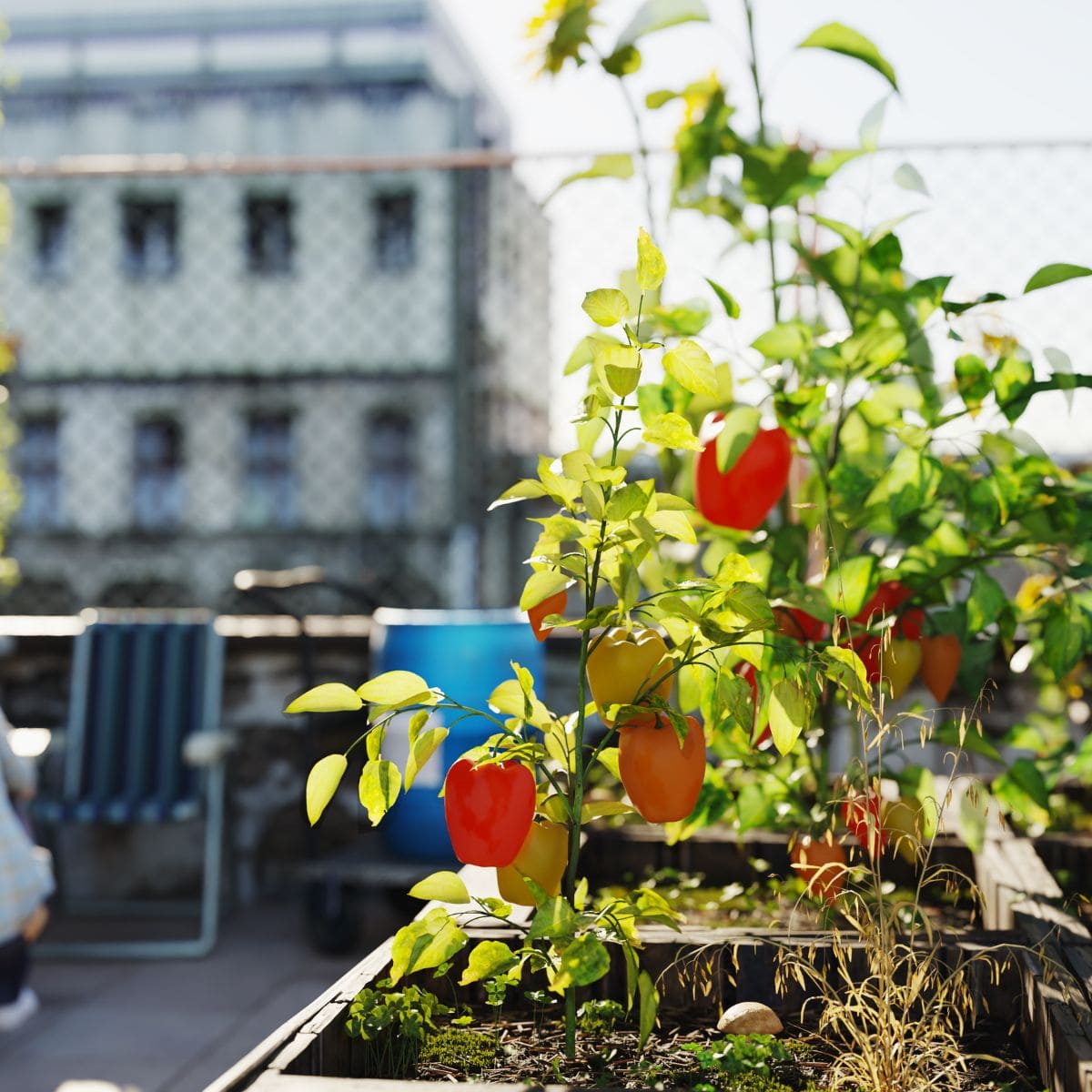
The Benefits of Urban Gardening
Growing food in an urban setting may have its challenges — limited space being tantamount — but if you can figure out a way to get started, the benefits are many.
Access to fresh produce just out the back door is the most obvious, but there are plenty of reasons to start growing some of your own food.
- Research from the University of Colorado Boulder suggests that exposure to microorganisms in the dirt may protect us from anxiety, depression, and post-traumatic stress disorder. [source]
- Growing some of our own food reduces the food miles of what we serve at meals.
- Green plantings can help cool areas of hardscape that tend to absorb and hold heat.
- The opportunity to connect with your community, whether via a collective gardening effort or sharing the harvest.
Whether you are limited to a balcony garden, have a 10′ x 10′ condo plot as I did at my first home, or can reclaim the road verge between the sidewalk and roadway, explore the possibilities for growing food in the city.
Starting an Urban Garden
If you’re trying to figure out how to get started with growing food on a balcony, in your backyard, your front yard, or another reclaimed space, there are some things to consider.
Grow Some Greens!
Ready to grow fresh greens, no matter WHERE you live? Sign up for my
FREE quick-start guide and start growing some of your own food!
Know the Rules
First and foremost, if you’re planning to garden within city limits or in a housing subdivision that comes under restrictive homeowners association guidelines, you’ll need to find out what it allowed.
Local zoning laws will dictate what you can plant, and where.
You might be allowed a backyard garden as long as it’s not visible from the neighbor’s place (a rule a friend of mine is restricted by). It may be required that you maintain a certain amount of grass in the front yard, or vegetable gardens might be completely forbidden.
There are some workarounds, though.
- Check out this collection of pretty edibles that can be planted in the front yard without anyone being the wiser.
- Instead of planting a common shade tree, consider adding a fruit tree to the front yard.
- Learn more about edible flowers. While they won’t sustain you, growing flowers that can be added to meals is a fun way to brighten up the table.
New to gardening? Limited on space? The 5-Gallon Garden gives you the skills you need to grow food in the space you have. Get started with your garden today!
Figure Out Your Zone
Every plant has different growing requirements. Some plants like it hot and dry, others prefer cool temps or shade.
The USDA Plant Hardiness Zone Map is your friend. Once you know your growing zone, you’ll have an idea of what you can grow.
Shrubs, trees, and perennials have very specific needs. Choosing a variety that is suited to your growing zone will assure success, as will avoiding mistakes like trying to grow bananas in snowy regions.
Annual vegetable plants can be grown in almost any region, but you’ll need to plant them at the appropriate time of year. Lettuce prefers cooler temperatures, so it grows well in the spring and fall in most areas of the United States. Tomatoes like it hot, so you can’t plant them out in the garden until the risk of frost has passed.
Know Your Last Frost Date
You’ll hear the term last frost date a lot in gardening circles. What this refers to is the average date of the last light freeze in the springtime. This date varies widely from region to region.
It’s crucial that you know what your last frost date is in order to avoid putting tender seedlings out too early. An unexpected frost can kill young plants overnight.
Type your zip code into this tool to discover your frost dates so that when your seed packet says to plant “after last frost” you’ll know when that should be.
Understand the Sun Pattern
Plants — especially vegetable plants — tend to prefer a sunny growing spot. Determine where you can plant your garden to make the most of the sunlight you have.
If you don’t have ready access to a sunny spot, then you’re going to need to focus on crops that will produce in the shade.
Make the Most of Your Space
The greatest challenge for urban gardeners is limited space. Happily, there are a number of ways to make the most of the space you have.
Vertical gardening calls for utilizing unused space above the ground. Try incorporating hanging baskets on a balcony or using a trellis for vining plants like peas and cucumbers to climb up.
Container gardening allows you to reclaim your hardscape for growing plants. Pots and buckets filled with various vegetable plants can sit directly on a concrete patio or driveway. Need help getting started with this? Be sure to check out my 5-Gallon Garden ebook.
A Garden Tower combines both container gardening and vertical gardening, fitting a multitude of plants into a small surface footprint.
Consider Community Gardens
If you decide that your space is utterly unsuited for growing food, look into community gardening. These public gardens can be comprised of in ground gardens or raised beds that can be “adopted” by gardeners.
Gardens will vary in size and in what’s required of participants, but these little urban agriculture oases typically ask gardeners to plant and water their own space. This means you can choose what to grow in that valuable soil!
To find a community garden near you, search this site.
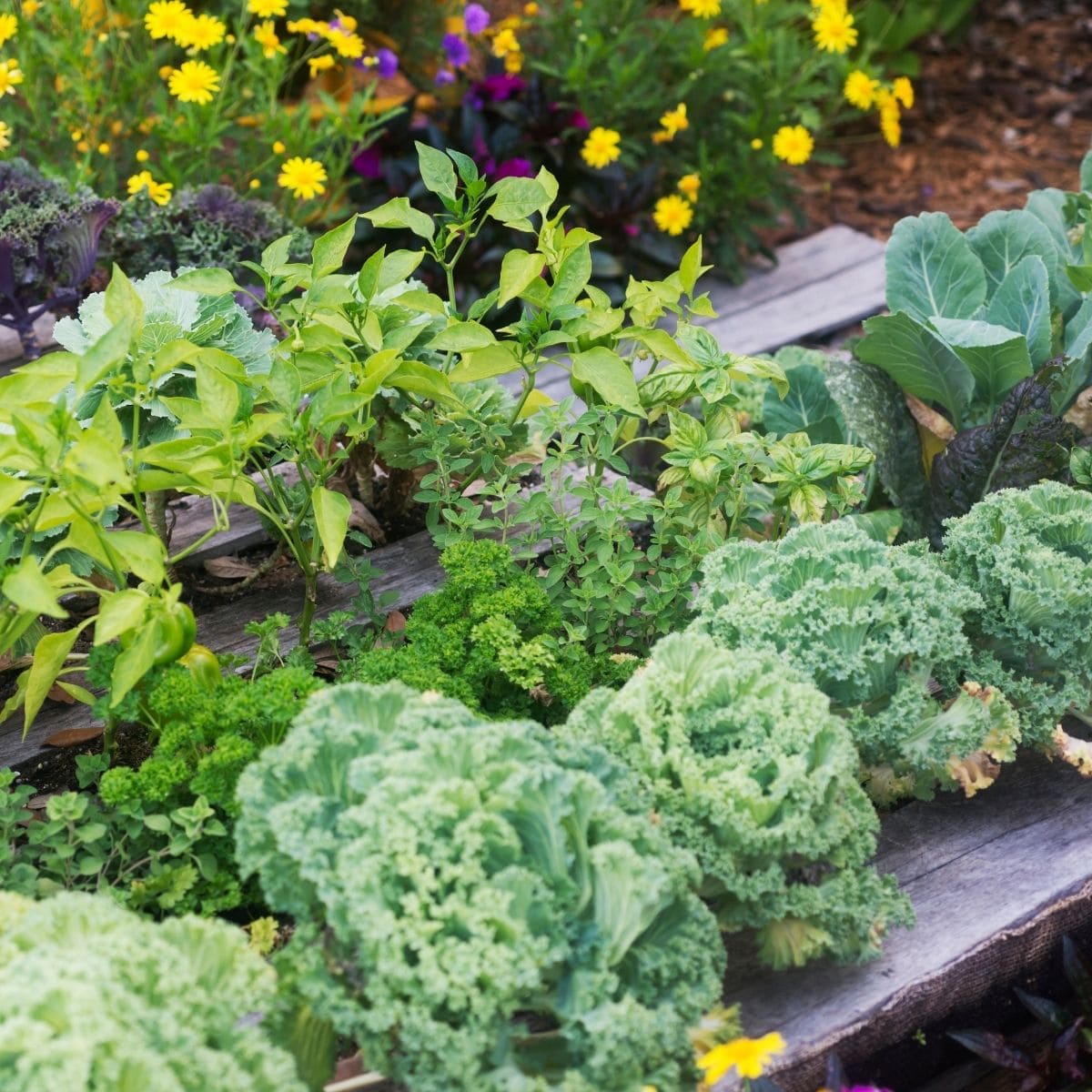
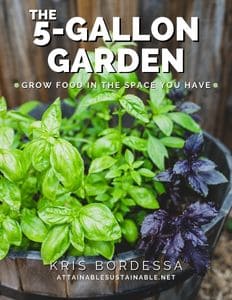
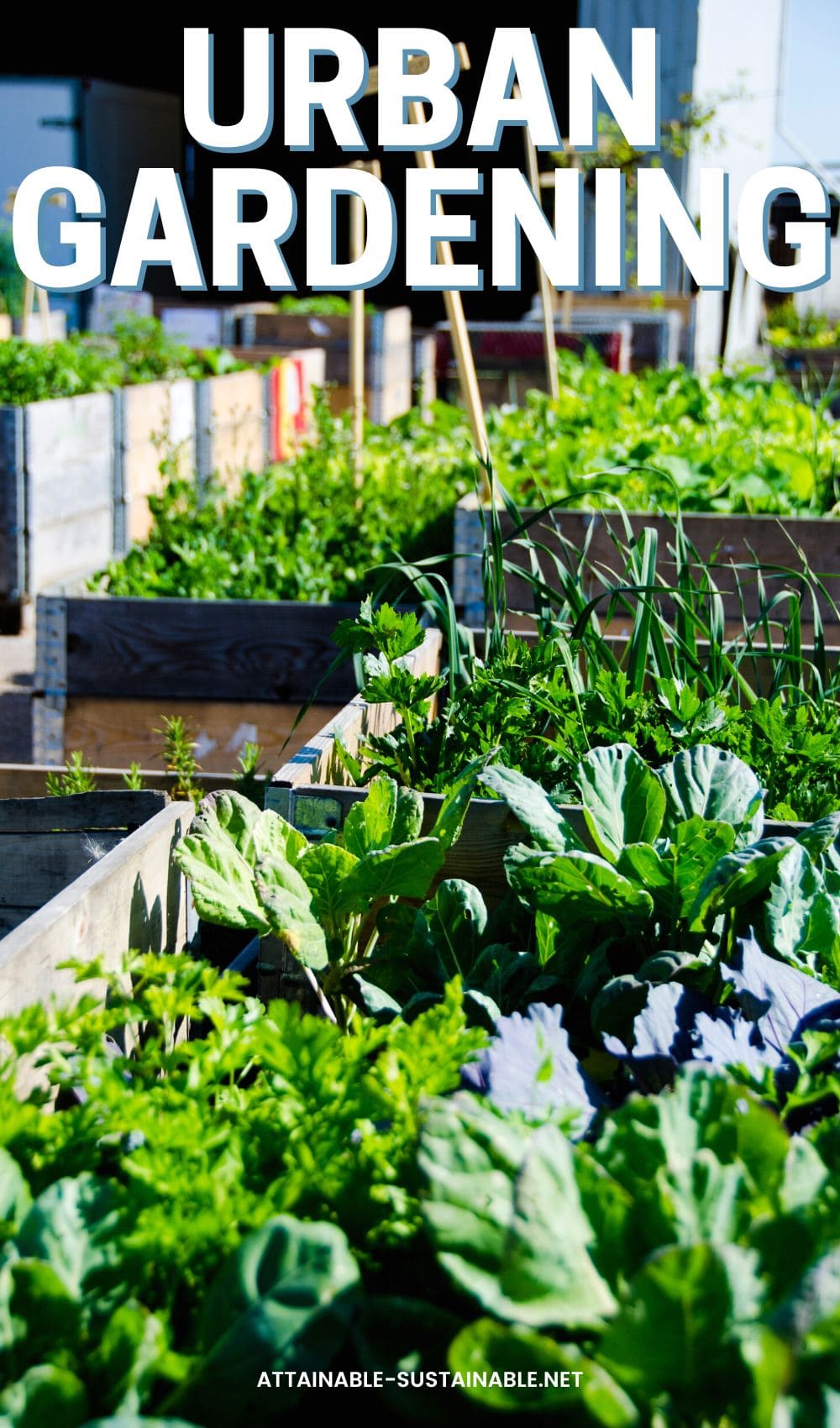
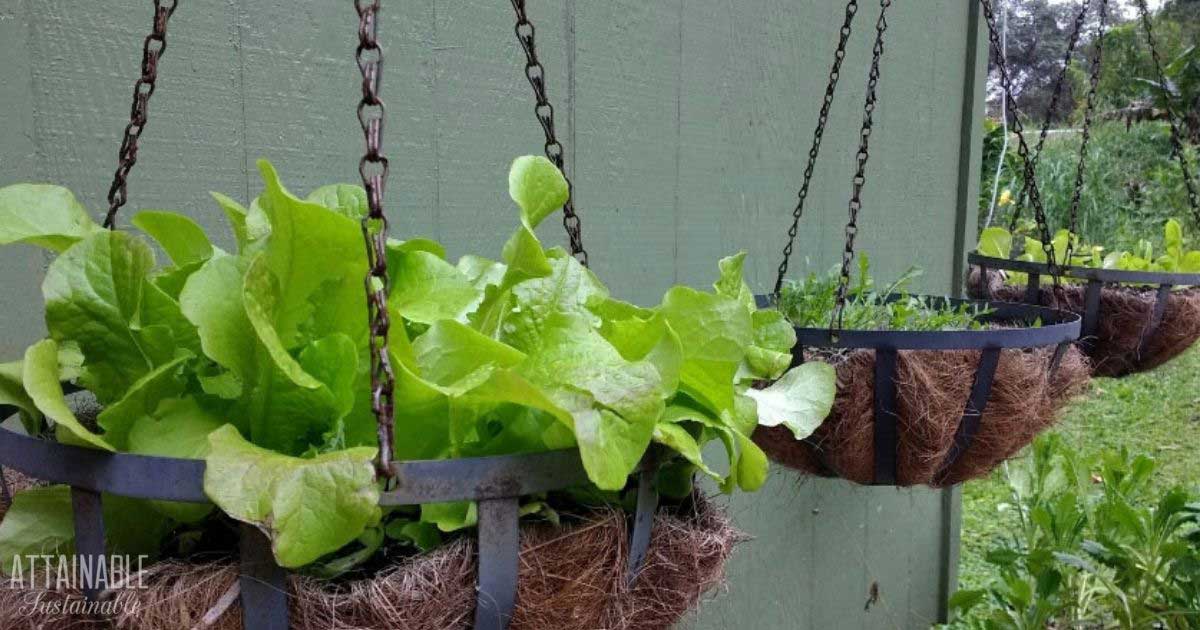
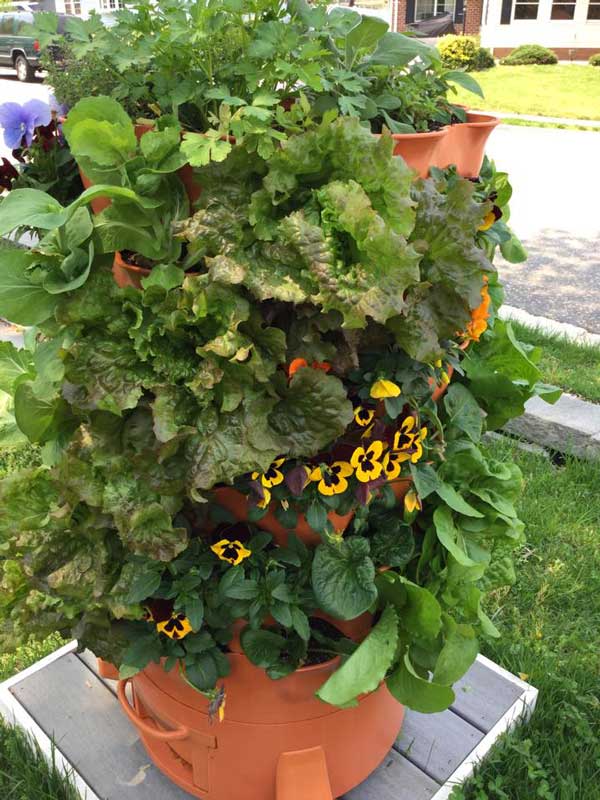
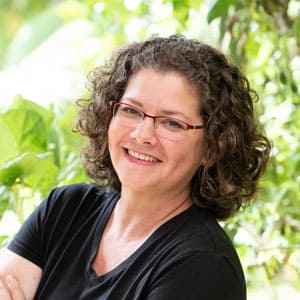
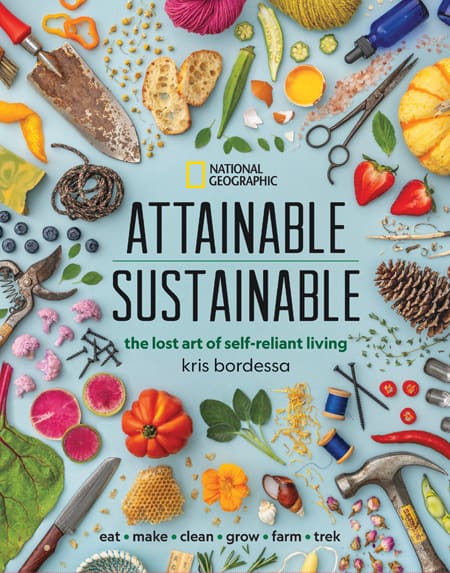
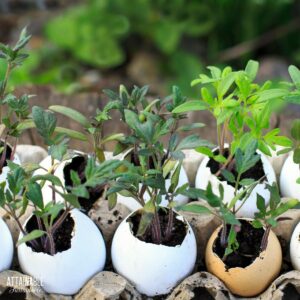
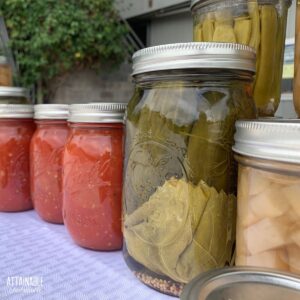
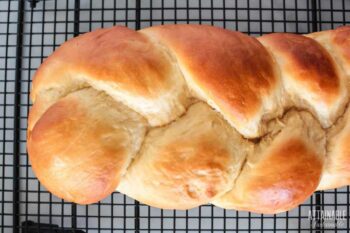
Thanks for this post! I actually referenced it in my own post about foraging because it gives such good info–couldn’t have said it better myself : )
Nice information Kathie. In India, we have berries that look very similar to the purple berries shown in the picture but they are highly poisonous. So yes, it is very difficult to differentiate between what is edible and what is not.
Ok but this for places that have a variety of plants!does anybody knows how to do this in a desert?cause that’s where I live.
I found this: https://www.desertusa.com/desert-activity/desert-food-hunting.html
Wonderful information! That’s an amazing looking mushroom. Seasonal living is so calming – especially seasonal eating.
What is the little berries in the picture? I have a big bush of these but don’t know if I can eat them or not?
The purple berries are elderberries. Purple elderberries are edible (the red ones are NOT). Purple elderberries should only be eaten when fully ripe, not green. Also elderberries should be cooked (or fermented as for wine) prior to eating. They can cause stomach upset in some people and cooking removes that potential. I actually don’ think they’re all that tasty but they are super medicinal. Be sure you’re properly identifying before eating, of course. There are other berries that may look similar.
The red berries are thimbleberries and edible. They grow in the rocky mountain west and are a bit like a raspberry. Can be eaten raw.
Wonderful post!
Mahalo!